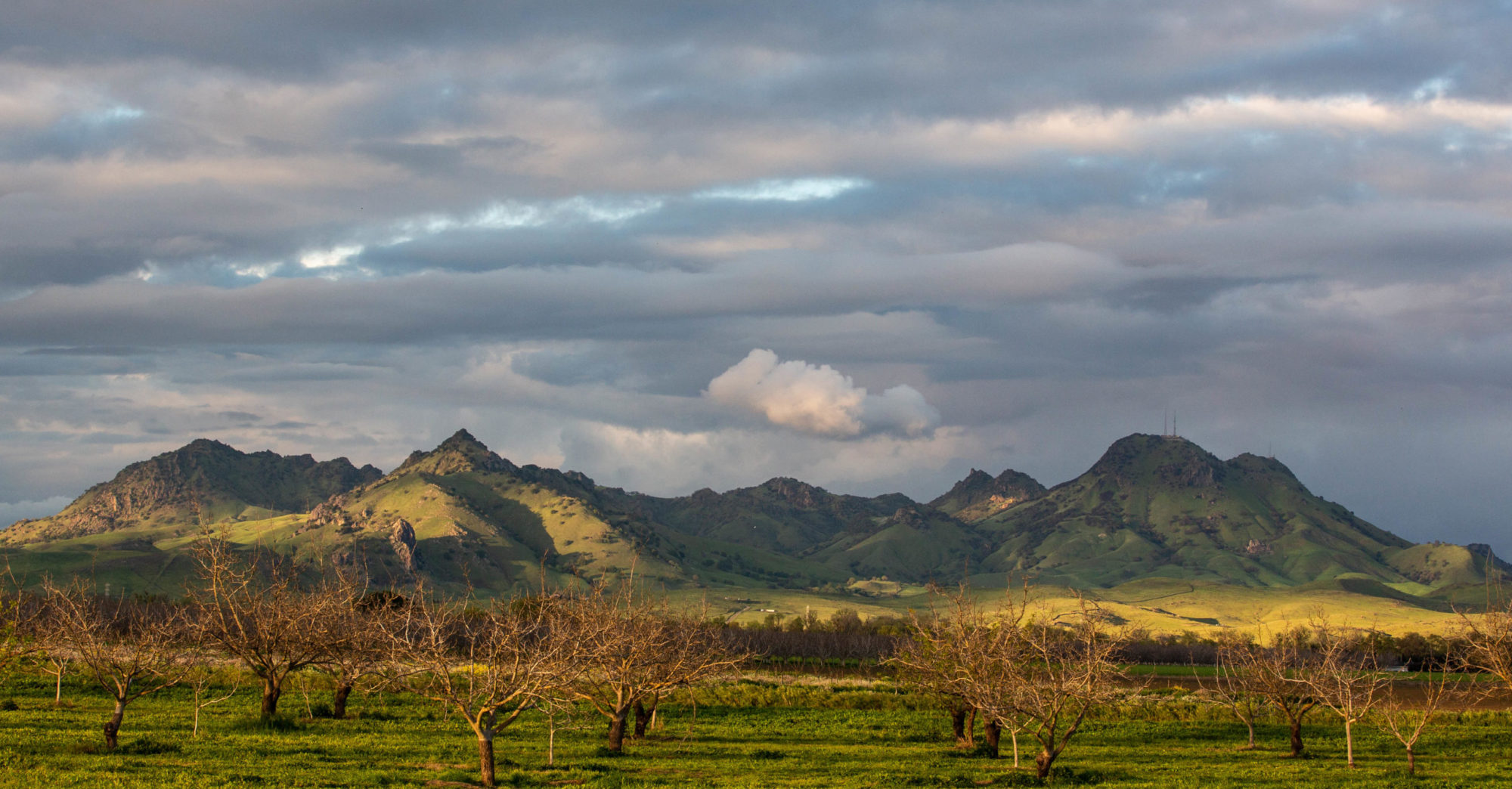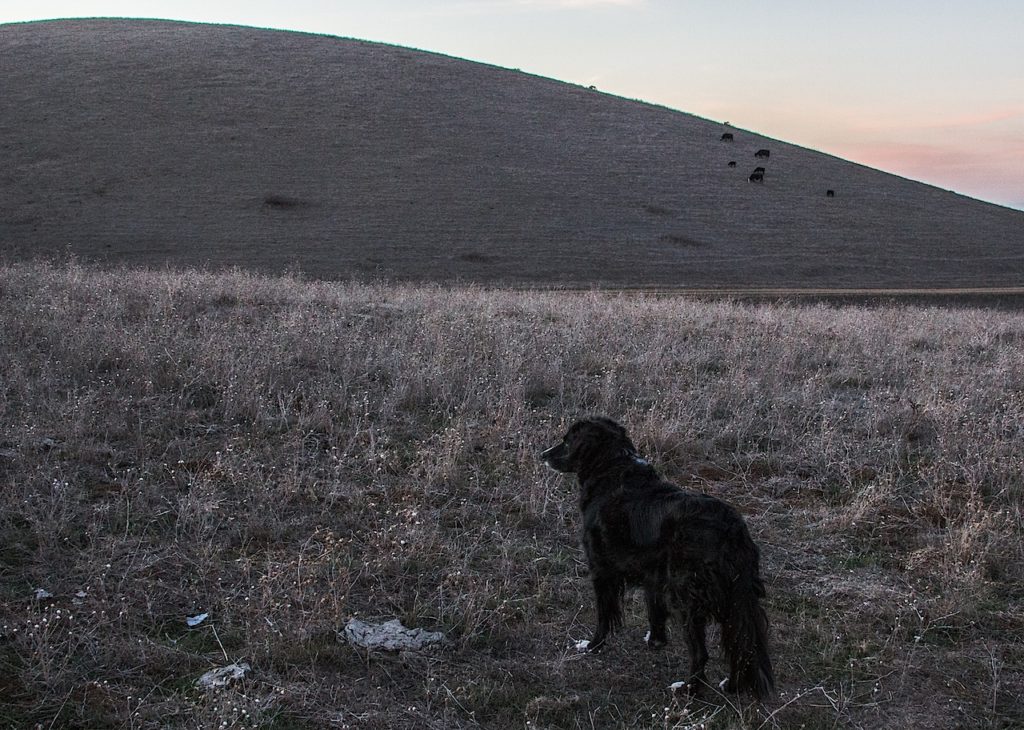With all sorts of bad news about California’s long, long dry spell — flows on the American River will be squeezed down to a relative trickle this week, suburban Sacramento is facing draconian water restrictions — here’s my favorite drought story. The Roman Catholic bishop of Sacramento, who leads the state’s conference of bishops, has issued a call for “people of faith” to ask God to make it rain. (Here’s the post I did on it for the KQED blog earlier today: “As Drought Deepens, Catholic Bishops Say ‘Pray for Rain’ “).
There are no atheists in foxholes, the saying goes, a simple way of communicating the notion that everyone gets religion when their mortal ass is on the line (or they think they’re about to meet their maker). But there are plenty of atheists in droughts, like the person who said to me this evening they can’t believe there’s a god who messes around with the weather. Myself, I don’t scoff at the notion of praying for rain and actually found something moving in some of the language in the bishops’ suggested entreaties to “the Almighty.”
Here’s my favorite, not least because it’s said to have originated in a 1950s volume called “The Rural Life Prayer Book” from the National Catholic Rural Life Conference:
Almighty God, we are in need of rain. We realize now, looking up into the clear, blue sky, what a marvel even the least drop of rain really is. To think that so much water can really fall out of the sky, which now is empty and clear! We place our trust in You. We are sure that You know our needs. But You want us to ask you anyway, to show You that we know we are dependent on you. Look to our dry hills and fields, dear God, and bless them with the living blessing of soft rain. Then the land will rejoice and rivers will sing Your praises, and the hearts of all will be made glad. Amen.
I admit I’m not crazy about the “you want us to ask anyway, to show You that we know we are dependent on you” part of that plea. Assuming we’re not dealing with Zeus and his ilk, what kind of a scheming, manipulative jerk of a god is going to hold back the rain just to maneuver us into begging? (Yeah, I know, scripture is probably chock full of examples of god in his/her various guises acting the jerk.) But what I do like about that prayer is the sense of wonder at nature: “To think that so much water can really fall out of the sky, which is now empty and clear.”
I’m of the mind that help is welcome from whatever quarter it arrives. We have fish runs struggling, pastures withering, farms going fallow, streams dwindling, and forests drying out. Native shamans, do your stuff. Bishops, priests, ministers, rabbis, imams, clerics and monks and religious practitioners of all sorts and stripes — likewise. Let’s clap in the presence of our local kami, Shinto style. Pray, if you’re moved to. Ponder this dry place of ours and all that’s beautiful in it. Then look west, or north, or east, or south — that’s where the rain will be coming from.


